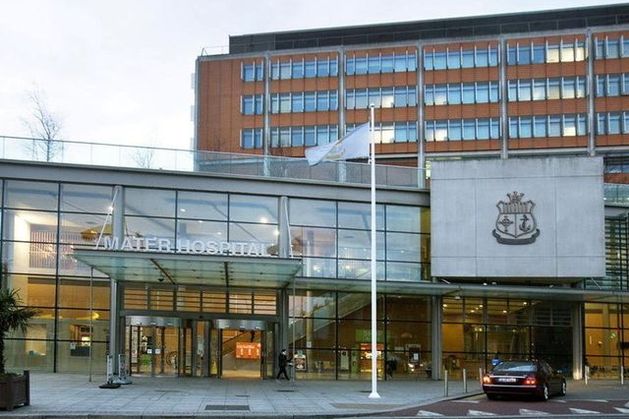Figures from the HSE show the number of “did not waits” at A&Es averaged nearly 300 per day between January and June. The figures rose in the second quarter from 25,720 from January to March up to 27,850 from April to June.
The highest number was recorded at the busy Mater Hospital in Dublin where there were 7,215 walkouts by patients.
Our Lady of Lourdes Hospital in Drogheda recorded the next highest figure with 4,687 patients leaving before being discharged.
Tallaght Hospital had the third-highest volume with almost 4,440 people leaving, according to figures provided under FOI by the HSE.
University Hospital Limerick — which has been beset by overcrowding and controversy — recorded 2,770 individuals discharging themselves without waiting for a decision from medics.
Figures for hospitals in Cork show 1,683 waits at the university hospital there and a further 1,221 at the Mercy University Hospital.
The number of people who left without official discharge was also high at St Vincent’s Hospital in Dublin (2,736 patients) and St James’s Hospital in Dublin (3,558 patients).
Figures for smaller hospitals around the country were, as expected, much lower with just 712 “did not waits” at Tipperary University Hospital.
Other hospitals that recorded figures below 1,000 included Our Lady’s in Navan (942), St Luke’s in Kilkenny (917) and Sligo Hospital (950).
The HSE said the total figure for from January to June was 53,750, which was around 8,958 per month.
The health service said some patients chose to leave before being triaged, some after triage, while others went while a decision was being made over whether to admit them or not.
An information note from the health authority said: “The data does not distinguish or categorise patients that may require admission but left ED before admission or treatment.”
The HSE said hospitals had to clinically categorise people based on the urgency of their condition and this was done using internationally recognised standards.
“Where a patient is seriously ill or injured, their needs will be prioritised above those with less serious conditions. Ideally, hospitals would be in a position to treat patients on their arrival,” it added.
The HSE added that emergency departments were intended to deal with serious and unexpected illness and injury and many people whose needs could have been addressed elsewhere continued to show up at A&Es.
“In Ireland, approximately 27% of those attending are actually admitted to hospital while many others are referred or attend for a specialty review, diagnostics or because of minor illness or injury,” it said.
